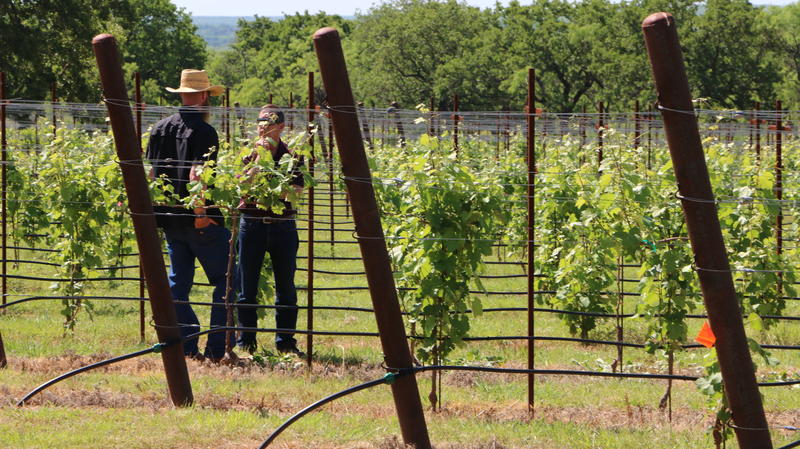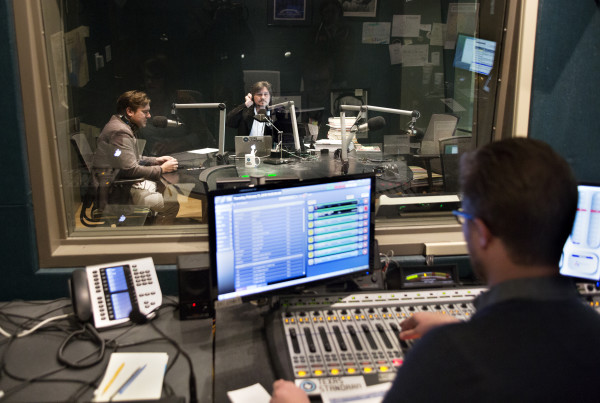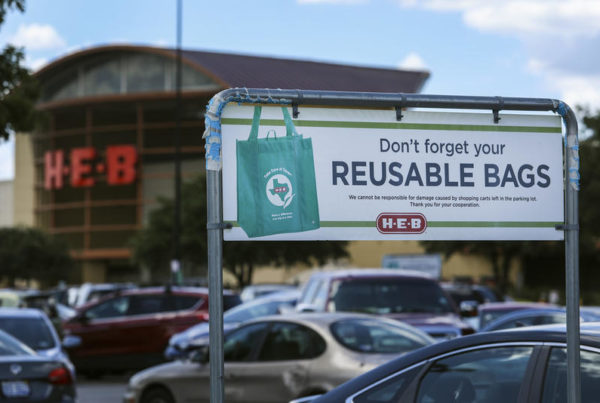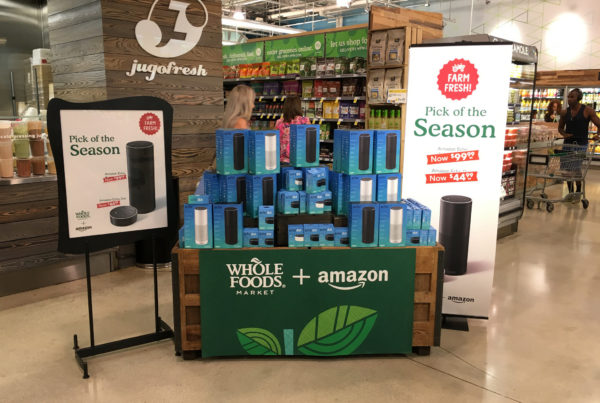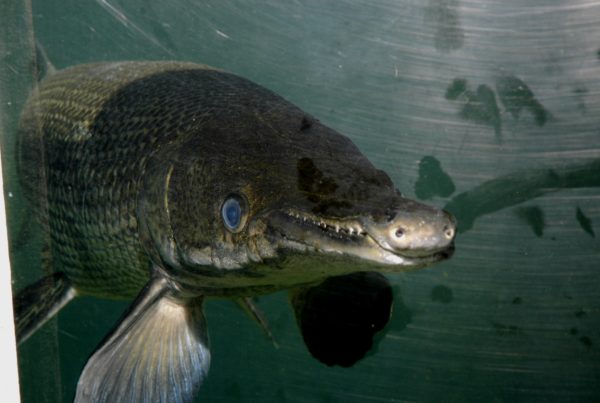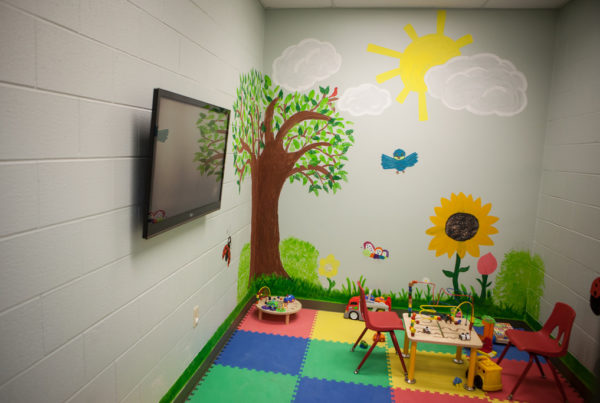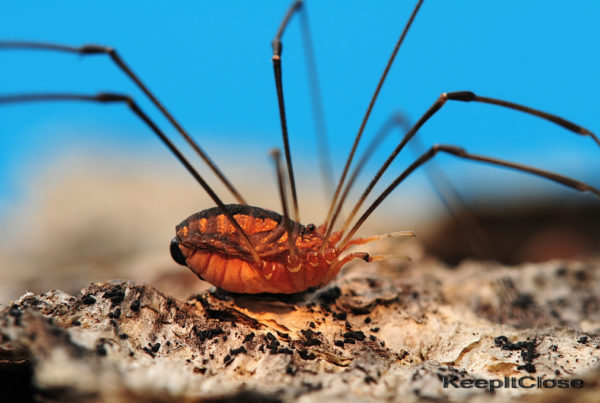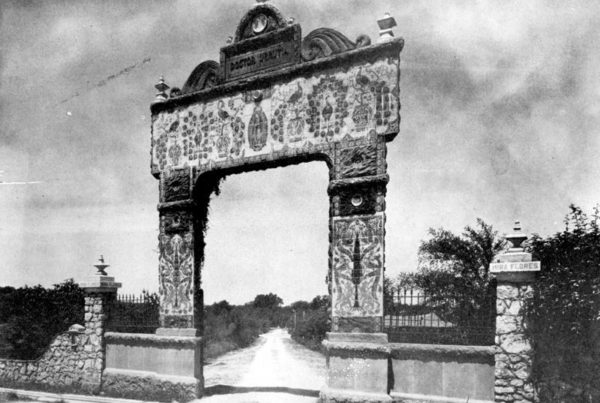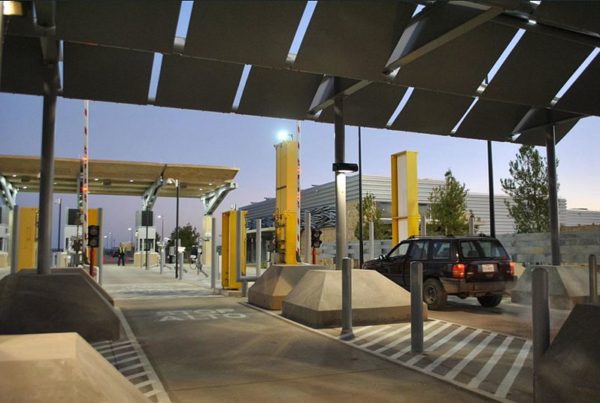From KACU:
2018 could be another banner year for Texas’ $13 billion a year wine industry. Producers are optimistic that Texas vineyards will out-produce last year’s record 1.8 million cases of wine. Wine America produced an in depth state- by-state report on the industry last year. Texas’ totals surprised industry observers.
In the 1980s, there were just a couple dozen wineries in Texas. Now, the state is home to almost 350 of them.
But wine making isn’t new to Texas, says Brianna Hoge, viticulture program specialist for the Texas A&M Agrilife Extension.“Wine-making has been happening here a long time.”
Hoge says wine-making goes back to the early days of Texas history. Franciscan priests began cultivating vines here in the 1600s. Spanish and German immigrants made wine in the 1800s. And at the end of the 19th century, Brianna Hoge says Texas vines actually helped save France’s wine industry, which was being devastated at the time by a disease called phylloxera,
“We sent them root stalks essentially,” Hoge says. “And now most grapes are grafted with phylloxera resistance with some of that early stalk. Which I think is super cool,”
Hoge says even though it’s been going on in Texas for centuries, grape-growing isn’t as easy as some people think. Part of her job is to help people starting vineyards.
“We’ll start from the beginning, you know like – let’s see your site. Let’s see your concerns about water drainage and do you have the right soil types and do you need to amend your soil? What type of water do you have? ‘Cause that matters around here too.”
One of the newer producers that has had to figure all of this out is Rancho Loma Vineyards. It’s near Coleman, about an hour south of Abilene.
Vineyard Manager Josh Davis says this vineyard is uniquely positioned,
“We’re in between the Hill Country and the High Plains. If you’re in the High Plains going to the Hill Country, or vise versa, you’re basically coming through Coleman.”
Davis manages the three-acre vineyard Rancho Loma planted last year. He says the winter here isn’t as harsh as in the High Plains, and the summer isn’t quite as humid as in the Hill Country. And he says with a patch of soil made mostly of sand, Rancho Lomo found a sweet spot to grow grapes,
“So could we be best of both worlds? I don’t know, but we’re excited to find out,” he says.
Rancho Loma launched its operation three years ago when it took over the management of 14 acres of vineyards in Brownfield, on the High Plains. The owners brought in their own viticulture director: Ed Hellman. Hellman showed me how they train the vines into a T-shape along the guide wires, and direct upper vines so they develop a slightly wider canopy that protects the fruit from sunburn. Hellman’s expertise paid off for Rancho Loma. Last year, their first vintage of Rhone white wine won a gold medal at TexSom, a prestigious international wine competition. Rancho Loma also claimed six more medals last month.
Hellman knows how to deal with the pests and diseases that threaten grape vines. But Hellman says drought, which most farmers and ranchers are bracing for this summer, isn’t a big deal for grape growers. In fact, he says too much water can actually dilute the quality of the grape’s juice,
“As long as there’s water, abundant water in the soil, they’ll continue to grow chutes and leaves, and if you’re trying to make high quality wine, you only need so many leaves,” Hellman says.
Hellman likes showing off the vineyard at Rancho Loma. And people like coming. In fact, vineyard tours are a big part of the industry. Paul Bonariggo is president-elect for the Texas Wine and Grape Grower’s Association. He says Orbitz ranked the Texas Hill Country the number 2 wine travel destination in the U.S., second only to Napa.
“We really focused heavily on creating destinations for people to come visit and try the wines. You can definitely buy the products in many retailers and chains throughout the state, and restaurants that partner and support Texas products, but to really get the full picture, you gotta go visit a winery,” he says.
Bonariggo says the industry will have more concrete numbers predicting how this season will go by the end of June. But he expects Texas grape growers to beat last year’s estimated yield of 13,000 tons of grapes,
“I’m thinking, 15,000 tons or something like that could be a good number. Something like that. Maybe even higher,closer to 18,000.”
With her Agrilife Extension office in Fredericksburg, the heart of wine country, Brianna Hoge has a front-row seat to what’s happening in the industry,
“We’ve got some glorious things happening out here..and I’m really excited to see where it goes in the next five to 10 years,” she says.
Hoge says all the new vineyards allow wine makers to be selective about the grapes they buy. And she says that means in the coming years Texas will produce even better quality wine.


